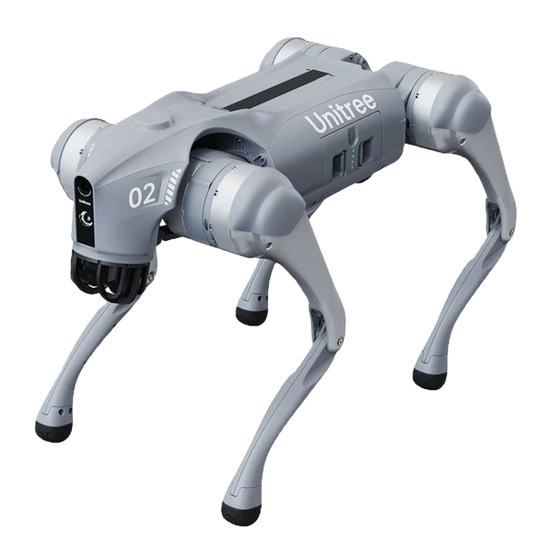Pix4D
A photogrammetry software used to convert images captured by drones into accurate 2D maps and 3D models for surveying and construction.
geospatial technology, photogrammetry software plays a key role in transforming visual data into valuable insights. Pix4D is a standout within this field, renowned for its capabilities to create accurate maps and models that inform various industries, particularly surveying and construction. Understanding terms like Pix4D is essential for appreciating how innovation is reshaping traditional workflows and enhancing project efficiency and precision.
What is Pix4D?
Pix4D is a photogrammetry software used to convert images captured by drones into accurate 2D maps and 3D models for surveying and construction. By employing advanced algorithms, Pix4D processes overlapping images taken from aerial perspectives to generate high-resolution geographic data. This capability enables users to visualize landscapes and objects with remarkable detail, creating a foundation for informed decision-making across various applications.
Key Concepts
Photogrammetry: The science of making measurements from photographs, especially for recovering the exact positions of surface points.
Drones: Unmanned aerial vehicles equipped with cameras that capture images from various altitudes and angles.
3D Modeling: The process of developing a three-dimensional representation of an object or scene, vital for analyses in multiple sectors.
Orthomosaic Maps: A mosaic of aerial images geometrically corrected for topographic relief, lens distortion, and camera tilt, ensuring uniform scale across the map.
Point Clouds: A collection of points in 3D space, representing the external surface of an object or area, derived from the images processed by Pix4D.
Applications and Relevance
Construction Site Surveys: Provides continuous updates on construction progress and site conditions, allowing for better project management.
Agricultural Monitoring: Enables farmers to assess crop health through aerial imagery and data analysis, optimizing farm yield.
Environmental Studies: Assists in habitat mapping, vegetation monitoring, and managing natural resources through precise land surveys.
Infrastructure Inspection: Facilitates the inspection of structures like bridges and roofs, making it easier to assess condition and plan maintenance.
Mining and Quarrying: Supports volumetric calculations and monitoring, enhancing operational efficiency and safety.
Challenges and Considerations
Data Processing Time: The time required to process images and generate models can be significant, particularly with large datasets.
Training Requirements: Users may need training to effectively utilize the software and interpret its outputs properly.
Equipment Limitations: The quality of the collected images depends heavily on the drone's camera and flight conditions, impacting the final model accuracy.
Regulatory Constraints: UAV operations can be subject to stringent regulations that may restrict flying in certain areas or at specific times.
Future Trends and Innovations
AI Integration: The incorporation of artificial intelligence is expected to enhance image processing speeds and accuracy, enabling smarter mapping solutions.
Real-Time Data Processing: Advances in computing power may lead to on-the-fly data processing, allowing for immediate feedback during drone flights.
Increased Autonomy: Future iterations of Pix4D may support greater autonomy in drone operations, minimizing the need for human intervention in data collection.
Expanded Compatibility: The software may increasingly adapt to integrate with various drone models and sensors, enhancing its versatility across different applications.
Pix4D is pivotal in the realm of photogrammetry, serving as a bridge between technological innovation and practical application in surveying and construction industries. Its ability to generate accurate maps and detailed models is reshaping how professionals approach planning, analysis, and decision-making. As advancements continue to emerge, Pix4D will likely play an even more significant role in harnessing the power of aerial imagery for a variety of essential functions.














